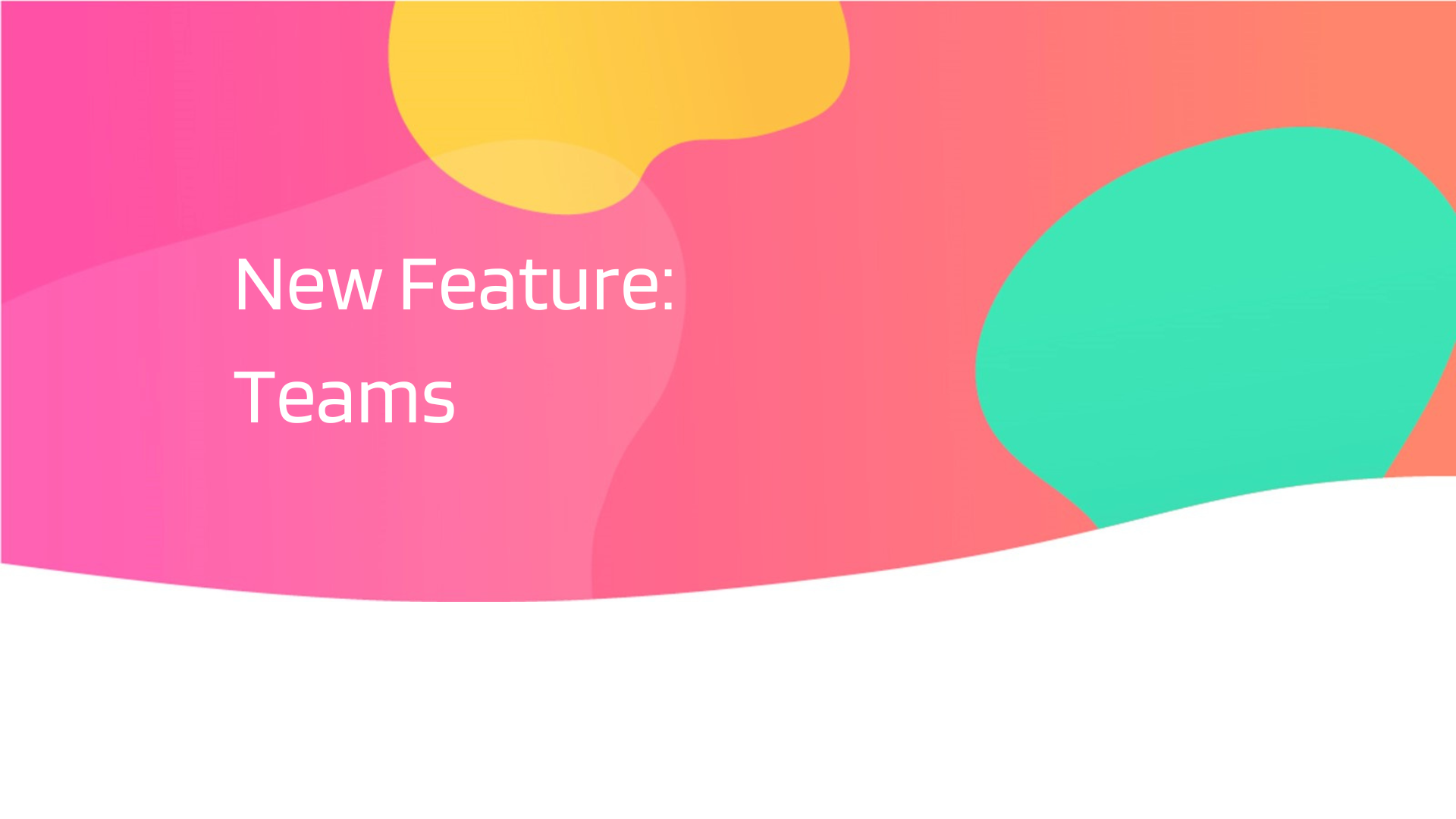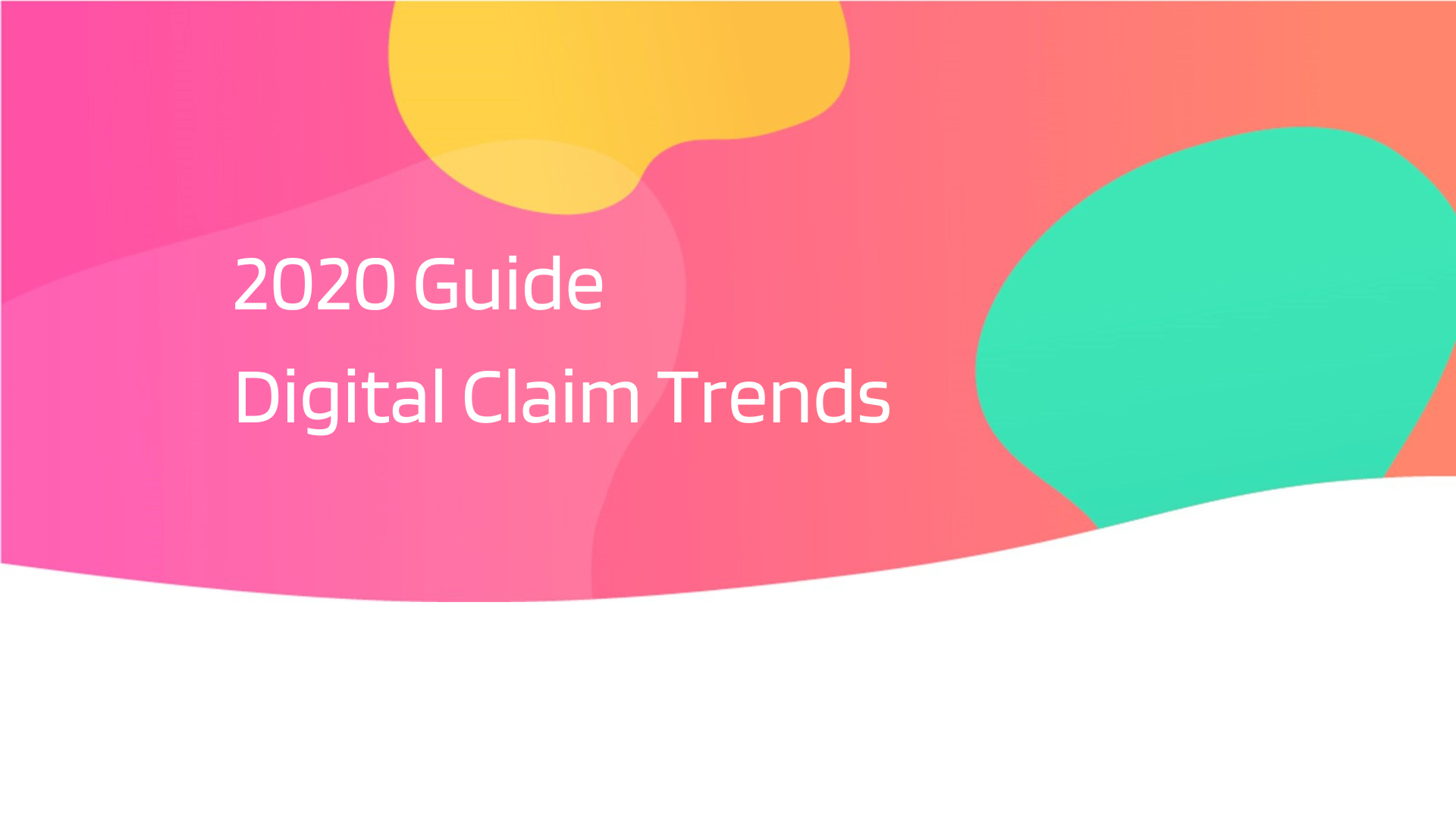How to revolutionise data retrieval for business agility
An inside look at the open source programming language supporting seamless data retrieval and automation in the insurance sector.
A tough 2020 demanded business operations become increasingly agile to meet the needs of their customers in a socially distanced world. Necessity fast-tracked digital transformation; businesses saw just what was possible even without the luxury of time to build new systems.
GraphQL has given global enterprises a new way to manage this transformation. For the insurance sector renowned for ongoing mergers and acquisitions that bring multiple brands under one umbrella, GraphQL is the key to the retrieval and meaningful use of data across a range of disparate legacy systems.
The open source language supports rapid innovation, improved efficiency and is kind to the business bottom line.
A quick guide to game-changing GraphQL
Think of GraphQL as a layer over all of the systems you currently use. You still have access to all of the data across different systems, but GraphQL helps you find, access and use that data effectively and efficiently. From network to supply chain and across internal departments, GraphQL enables a standard and consistent interface while it does the hard work in the background. Simply, it’s a clean, user-friendly layer that sits on top of everything to improve UX without slowing anybody down — and it’s used by global enterprises from PayPal to Pinterest to GitHub.
GraphQL gives the insurance sector the opportunity to make all of its data accessible and useful, with game-changing efficiency. Gone are the days of cost overruns, of barriers to a better way of working, and to inconveniencing customers while a stressed claims rep looks for their file. GraphQL provides a flexible way to modernise your insurance software without risking customer experience (CX).
GraphQL in the insurance sector
Mergers and acquisitions are a commonplace business model in the insurance sector. Although this can deliver some cost efficiencies, consolidation often comes with a chunk of legacy systems. Either cobbling those systems together, or developing a new system to standardise data, demands considerable time and investment. GraphQL enables newly acquired data to realise its value in a fraction of the time.
Legacy systems can make it impossible to guarantee data queries are delivering comprehensive results across all systems; creating a barrier to building new and innovative products. GraphQL presents data in a singular, neat format — it delivers only the information you have requested, ready to be used immediately. Other APIs require a number of requests across different systems, which leads to increased processing and storage overhead, causing significant delays, and leaves you to cleanse the information before it can be used.
In comparison to the REST API, GraphQL delivers information based on your query and nothing else. By reducing processing time and supporting automated processes, insurance providers can achieve significant time and cost savings.
Supporting data science
Data is the backbone of insurance; from managing claims and existing customers, to data mining to develop automated processes and target customers with new offerings. It takes a specific set of targeted tools in enterprise that also delivers on data availability, analysis and actionable insights.
Enterprise spends approximately 70% of their time sourcing and cleansing data. GraphQL enables immediate data sourcing, and in some cases cleansing data on the GraphQL layer as it passes back out. The API layer guards against bad data by validating everything coming in and out; if it's getting to your back-end systems, it's been checked and meets your strict data validation business rules. That capability leap frogs the requirement to build a single front end that can talk to all of your backend systems, so you can get on with business.
Retail customer application
So, GraphQL will make the developers and data analysts happy, but what about the clients of insurance companies?
- Claim lodgement: GraphQL can simplify your claim management process with seamless data capture and delivery system, ensuring first-hand data is available to different departments for different uses within the organisation. The customer won’t need to repeat themselves and their information will be on hand quickly.
- Multiple brands: Managing multiple brands? Using microservice architecture, our white-label web application system enables you to run them all from one system while maintaining a distinct customer experience for each brand.
- Shedding legacy limitations: Insurance no longer needs to be limited by legacy systems. We’ve built our extension to be secure and scalable so you’ll see immediate benefits from a switch to GraphQL.
GraphQL? Meet Unity Cloud
Infrastructure that is convenient, cost-effective and scalable can be hard to find. Teaming GraphQL with Codafication’s Unity Cloud platform provides the space for insurers to build at speed without compromising the front end. The GraphQL Extension Framework is purpose built to enable insurers to build smart, secure and efficient digital ecosystems without downtime.
Snapshot of GraphQL capabilities
- Get a single view of customer (SVOC) across brands and systems
- Keep up with market technology
- ROI from internal efficiencies and cost-effective management of legacy systems
- Automated data validation
If you’re ready to get business-critical data faster, you’re ready for GraphQL.
Transform your insurance legacy systems faster with GraphQL.
.png)


